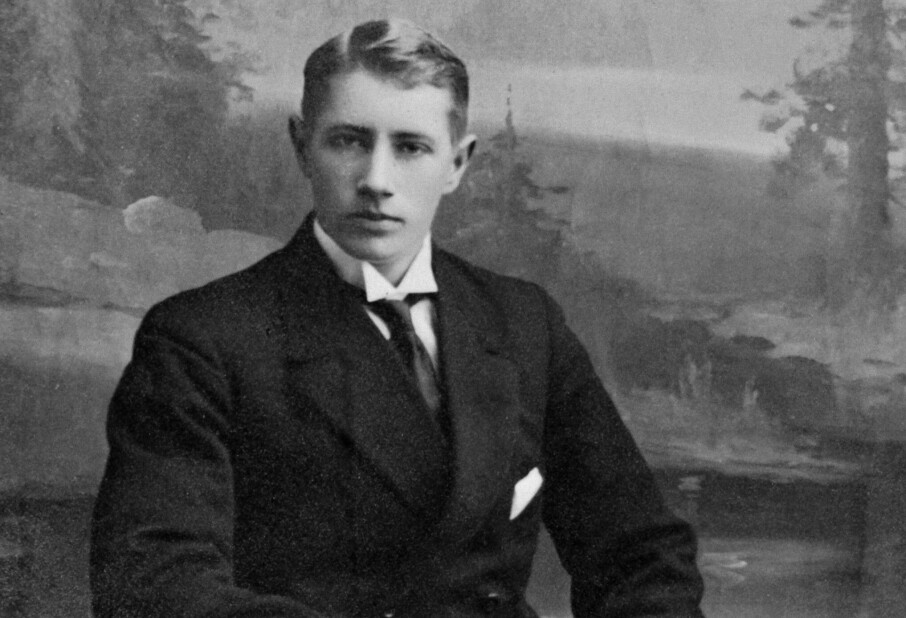
THE MEDICINE THAT COULD HAVE BEEN:
Can beta-glucans from the health food store become a weapon in the fight against cancer and deadly infections?
Forty years ago, two Norwegian professors saw cancerous tumours shrink and disappear. They saw laboratory animals survive deadly infections. And all because of a special substance found in nature. But the rest of the research community wasn’t that impressed. Why did this substance end up in health food stores, and never as a drug developed in Norway?
It's the early 1980s. Professor Rolf Seljelid is staring out of the office window at the newly established University of Tromsø. He’s deeply preoccupied.
Seljelid is a medical doctor and an expert on human diseases. But at this moment, he’s not thinking about people at all.
He's thinking about sea urchins.
Out there in Tromsøysundet, which the professor can see from his window, is the sewage outfall pipe from the hospital. And just at the outlet, in the worst stream of bacteria, viruses and other nastiness, there are swarms of sea urchins.
“It struck me that they must have some quality that keeps them from getting sick. Something we know nothing about,” says Seljelid, who is now 86 years old and has long since retired.
Ancient immune system
What’s protecting those sea urchins out there in the sewage? Seljelid wondered that time in the 1980s.
These animals completely lack a part of the immune system that can remember microbes and provide the kind of immunity humans develop after they get sick from diseases and infections. Instead, sea urchins have only an ancient, innate immune system found in absolutely all animals, from earthworms to humans.
But it seems obvious enough.
This ancient immune system must be able to gear up enough so that the sea urchins not only cope, but actually thrive in the polluted water.
How do they do it? Seljelid wondered.
And, in the same vein, is it possible to gear up this ancient immune system in humans, in situations where it is needed?
Based on his knowledge of biology, Seljelid thinks there may be certain substances in nature that might stimulate the ancient, innate immune system. These are most likely polysaccharides, which are long-chain carbohydrates. He begins to search among these substances.
And he actually finds what he is looking for. He discovers a special type of beta-glucan.
Beta-glucans
Beta-glucans are substances found in the cell wall of yeasts, fungi, bacteria and some plants. There are lots of types of beta-glucans. They have different structures on their carbohydrate chains, which also gives them completely different chemical and biological properties.
One of the beta-glucans Seljelid tests — beta-1,3 / 1,6-glucan — really seems to affect the innate immune system in animal tissue.
He decides to test it in live mice. Perhaps this beta-glucan affects the immune system so much that it provides protection against a dangerous infection?

Dramatic effect
Lill-Tove Rasmussen Busund is currently a professor at UiT - The Arctic University of Norway and a chief physician at the University Hospital in Northern Norway. But back in the 1980s, she was a doctoral student in Seljelid's department.
She remembers working on the study very well, even though it happened more than 30 years ago.
Busund and the other researchers started with two groups of mice. They injected beta-glucan into the abdominal cavity of the animals in one group. Then they infected both groups with a deadly bacterial infection.
“It was dramatic. We saw that all the mice that had been given beta-glucan were healthy. They played and ate. The other animals became terminally ill and had to be euthanized,” she said.
“It made a big impression on me to have seen this effect with my own eyes,” she said.
But the story doesn’t stop there.
Can it help with cancer?
Seljelid doesn’t know how beta-glucan actually works in the bodies of his test animals. But beta-glucan itself does not have any bactericidal effect. On the other hand, it seems that the animals' immune system plays a crucial role. That somehow the body's own defence system has a stronger ability to fight the bacteria, just as Seljelid suspected.
This is important, because the immune system is involved in so much that affects human health, such as fighting cancer cells. It makes Seljelid wonder:
Can beta-glucan also help fight cancerous tumours?
At that time, researchers had just begun to test immunotherapy, or treatments that cause the body's adaptive immune system to recognize cancer cells. Seljelid believes that the effect of this kind of treatment can be much stronger, if doctors simultaneously stimulate the patient’s innate immune system with beta-glucans.
So Seljelid travels to the United States to give it a try.
The tumours disappear
Seljelid uses mice in his tests again.
He gives them cancerous tumours, which grow rapidly on their abdominal skin. A few days later, some mice receive beta-glucan intravenously.
The results are as dramatic as the infection trial.
"After only six hours, the tumours had begun to collapse in many of the mice given beta-glucan. Fourteen days later, the tumours were gone", Seljelid says.
However, he discovers that timing is everything. The mice have to be given the beta-glucan at the right time. Animals that receive the drug after seven days achieve the fantastic effect. But the mice that get the drug after three days see much less effect. And those who receive beta-glucan after 14 days get no benefit at all in fighting the cancer.
It is also important that the mice's adaptive immune system be involved. That is, the part that is stimulated by vaccines and immunotherapy. Many years later, the combination of immunotherapy and beta-glucans will result in very promising results in humans.
Back in 1986, Seljelid published his incredible results on mice in the scientific journal Bioscience Reports.
“This is the greatest thing I have achieved as a researcher,” he says.
But he is not the only one at the University of Tromsø who has made some startling discoveries about beta-glucan.
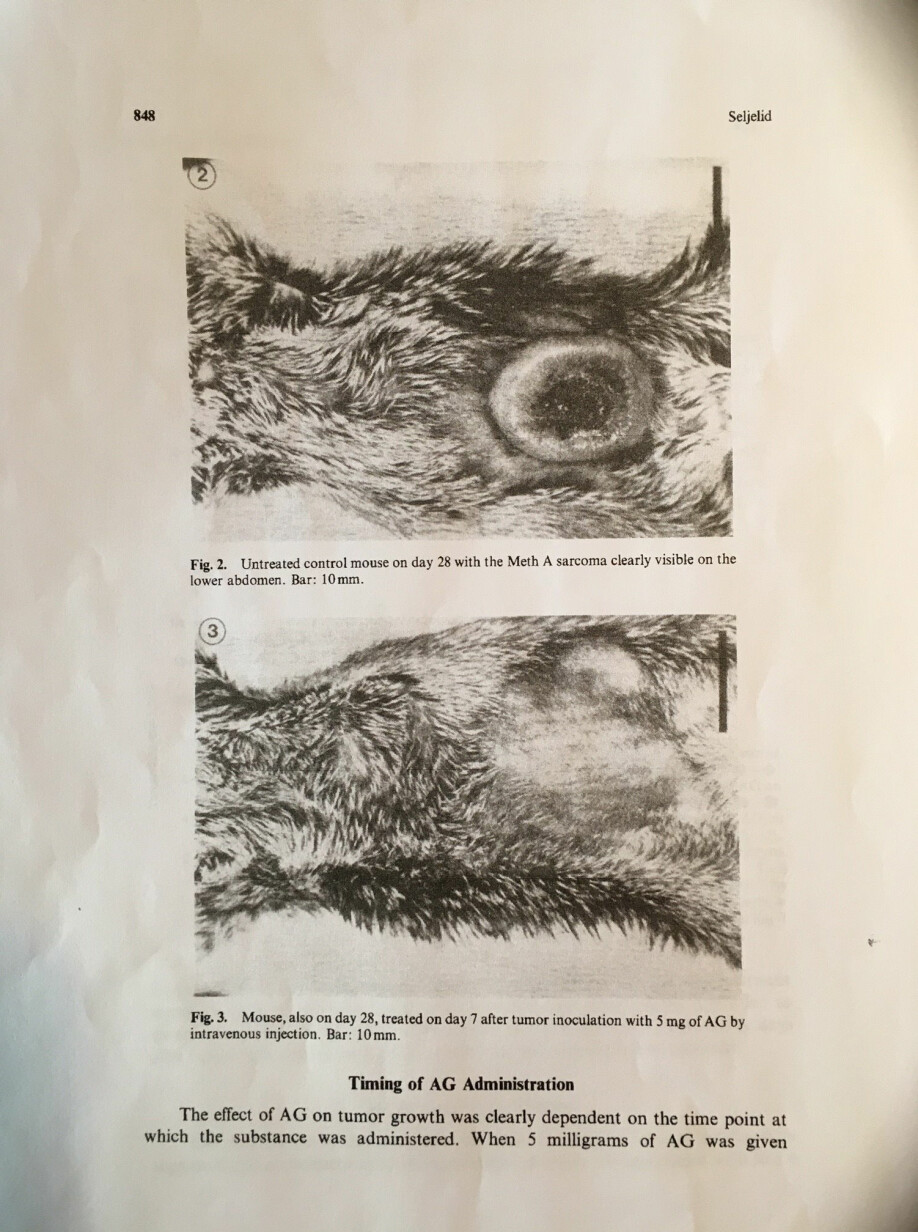
A farmer's son
Right down the hall from Seljelid's office we find Professor Jan Raa.
But he’s not a medical researcher. Raa works with plants and livestock.
Raa is a farmer's son. He became a scientist with a strong desire to contribute something that could benefit gardeners and farmers.
He’s on the hunt for substances that provoke defensive reactions in plants. Perhaps it is possible to use these substances to vaccinate plants, so that they react more strongly when they are later attacked by fungi or bacteria?
Raa has found some substances that have a great effect. One of them is particularly promising: Beta-1,3 / 1,6-glucan, made from the yeast we use in baking.
An ancient mechanism?
In some ways, it’s no wonder that this type of beta-glucan has such an effect. Beta-1,3 / 1,6-glucan is an important part of the cell wall of microorganisms that can cause disease. It’s consequently not so surprising that the plant immune system has evolved to be alerted and stimulated by this beta-glucan.
The thought strikes Raa: This probably relates to very basic immune reactions that occurred early in evolution. And those can be universal for many creatures.
Would the same drug also cause an immune reaction in animals?
Raa gets Seljelid to test the special beta-glucan on tissues from animals. And the results confirm Raa’s suspicions: The beta-glucan, which causes plants to react, also stimulates cells from the ancient innate immune system in animals.
Perhaps this particular beta-glucan has the ability to stimulate the immune system in many species?
But it is the hand of fate and a catastrophe that really convinces him.
Three extra tanks
“I had a project for the German Research Council at the time,” Raa said.
His project was to test whether it was possible to use bacteria and fungi as feed for farmed salmon. The experiments were set up in a hall with 18 tanks, with room for 250 small fish in each tank.
At the same time, Raa is personally concerned about a fundamental problem with fish vaccines. There are more and more new diseases, which means that the fish farming community is constantly behind the eight ball, and can’t seem to develop vaccines fast enough.
“I thought: What we need is something that increases resistance to all diseases,” he says.
And Raa has just found a substance that he thinks can work: the special beta-glucan. Now he can’t help himself.
The research he’s conducting for the Germans requires 15 tanks of fish. There are three left that aren’t going to be used in the experiment. So Raa runs his own little project there.
He produces a small amount of pure beta-glucan from baking yeast. Just enough to mix one gram of beta-glucan into a kilo of feed, which he gives to the salmon in the three tanks.
Then disaster strikes.
All the fish are dying!
“Early one morning, the technician calls and says we have a crisis,” Raa says.
Water has mistakenly been piped in from the sea outside. A nearby fish farm has had an outbreak of Hitra disease, a bacterial disease that is very deadly to salmon. It now appears that the laboratory facility has been infected.
Lots and lots of fish in all the tanks are dying, the technician says.
Except in three.
Raa pulls himself into his car. At the facility, they take samples and record and mark everything. The tests show that all 18 tanks have been well and truly infected with Hitra disease. In the 15 tanks that are a part of the German feeding experiment, 80 to 90 per cent of the fish have died.
But in the three tanks where the fish have received beta-glucan, only 20 per cent have died.
Due to a coincidence and a catastrophic event, Raa had thus carried out a gigantic infection experiment which under normal circumstances, he would have never gotten permission to conduct.
“I realized I had made a great discovery,” he says.
The incident resulted in several controlled infection trials that confirmed the observation, says Raa.

Wishful thinking
These two professors in Tromsø have thus independently sniffed out a substance from nature that seems to have a fundamental effect on the immune system of plants, fish and mammals.
This substance can be made from something as simple and cheap as baking yeast, and seems to be safe to take.
It sounds undeniably like wishful thinking for researchers in Norway. If the findings hold true, additional research could provide new medicines for cancer and dangerous infections.
You might think that interest would explode in Norway’s medical and veterinary research world.
But here the story takes a completely different turn.
In fact, it will take decades for Western research communities to take a real interest in beta-glucans again. And by then, these Norwegian researchers are no longer at the forefront.
Yawned and walked away
Seljelid can and does do additional studies on animals. He publishes several articles from studies that confirm that beta-glucans can inhibit the development of cancer in mice, and which say more about the possible mechanisms behind the seemingly startling effect of the substances on the immune system.
But the professor can’t test beta-glucans on humans. To do these kinds of studies, he needs to conduct clinical trials with the help of researchers who are associated with patient treatment in the hospitals.
In the years that follow, Seljelid presents his findings to many clinicians.
“I put a lot of pressure on Norwegian cancer clinicians to try to get them to do studies,” he said.
But interest is low.
“It didn’t help when I showed them my data. They just yawned and walked away,” he said.
After many years and countless attempts to persuade his colleagues, he gives up.
“I stopped doing research on beta-glucans after the 1990s. I still think it's wonderfully interesting, but there was nothing more for me to contribute,” he said.
Why did it stop, after such a promising beginning?

Transformed into supplements and animal feed
Raa also encountered the same reaction from Norway’s research community.
“Both Seljelid and I have experienced how extremely difficult it is to get people to listen,” Raa said.
But unlike Seljelid, Raa took a different path forward.
“My starting point for being at the university was that I wanted to study something that could be useful,” he said. “I quit as a professor in 1987 to concentrate on developing an industry.”
Raa develops several products, based on the special beta-glucan. A pharmaceutical product that maintains drug quality. A dietary supplement that is still sold in health food stores in Norway and other countries. And not least, a supplement for use in animal feed.
Dietary supplements, pharmaceuticals and animal feed
All these products are based on the same substance: beta-1,3/1,6-glucan.
The pharmaceutical product is water soluble and can be taken in several different ways, by mouth and by injection. The supplement, in turn, is insoluble and can only be taken by mouth.
Taking the substance orally or by injection, however, has the same effect, Seljelid says.
He and Raa say that they themselves have used the supplement daily for many years.
The animal product is used today by breeders from all over the world, for shrimp, fish, poultry, pigs, calves, horses and even camels.

Fizzled out
The success of animal feed provides enough money for Raa to eventually be able to build a large organization with many professionals and resources.
He uses it to do more research on beta-glucans, to document the effect in animals and humans, and to find out more about the mechanisms behind the effect. He has not given up on the idea that beta-glucan can also help people.
Some studies are started at Norwegian universities, most often with Raa and the company he started as the driving force. A test for cancer here, and a study on the flu there.
But most of them are Phase I studies. These are studies with only a few participants, where the purpose is to determine whether the drug is safe for the patient group to take. These kinds of studies are too small to say anything about potential protective effects.
And then the research fizzles out. No major academic communities take the matter seriously. Sciencenorway.no has tried to find out why.
Does it work on humans?
Perhaps, as researchers began to study the substance more closely, the drug had no effect on humans?
After all, mice are not men, and it’s not at all uncommon in medical research for dramatic results from animal studies not to live up to expectations when tested on humans.
Several beta-glucan studies in humans failed to show as great an effect as the animal studies.
“I think there’s mainly a moderate effect,” says Gustav Lehne, who is currently a chief physician at the Section for Lymphoma and Internal Medicine at Oslo University Hospital.
Around the turn of the millennium, he led a small study in which beta-glucan was tested on people with lymphoma, which is cancer of the lymphatic system. The results showed that the treatment was safe, but there were too few participants to be able to say anything certain about the effect.
However, although many of the human studies don’t show as dramatic an effect as animal studies, they also don’t suggest that the drug is ineffective.
There are several studies that show a clear effect in humans.
Shift from dietary supplements to drugs
Interest in beta-glucans is now growing internationally.
Researchers around the world are studying beta-glucans from various sources and their effect on the immune system and cancer.
And several research groups have tried to collect data. In 2019, American researchers wrote in the scientific journal Molecules: “The question is not whether beta-glucans will move from dietary supplements to a generally accepted drug, but when.”
Later, Spanish researchers wrote in the journal Cancers that the studies done so far suggest that beta-glucans may play a significant role in future cancer treatment.
In July 2020, US researchers wrote that beta-glucans may help with COVID-19.
A lot of data suggests that beta-glucans can be an effective, inexpensive and safe way to help the immune system cope with COVID-19, they wrote in Frontiers in Immunology.
A patent application — from America
And now there's a patent application from the Memorial Sloan Kettering Cancer Center in New York — the largest and oldest cancer research centre in the world.
Researchers there have studied the combination of beta-glucans and cancer vaccines in children with severe neuroblastoma, a type of cancer of the nervous system. Patients are given the Norwegian-developed beta-glucan from baking yeast.
“We got in touch after they published a study that showed a clear effect of a beta-glucan on mice in 2002,” says Rolf Engstad. He is the research director at Biotech Pharmacon, which produces a pharmaceutical product based on Raa’s beta-glucan.
Engstad has been central in the process of developing the pharmaceutical variant of beta-glucan, which the Sloan Kettering Cancer Center is now testing as a supplement to enhance the effect of cancer vaccines.
“They now have very promising results,” he says.
Statistics indicate that only 40 to 50 per cent of neuroblastoma patients are alive after five years of receiving the current treatment. However, many more of the patients who have received the combination of beta-glucan and cancer vaccine are still alive.
90 per cent live
The American cancer centre is currently conducting a major study with more participants. They are also recruiting patients for a randomized study, where researchers can compare patients who receive a different treatment.
“For example, we do not know how big a role the vaccine and beta-glucans play individually,” says Engstad.
Seljelid, who has regular contact with the cancer centre, was told of the latest results at a research congress.
“They have been working for years with a vaccine, which has a limited effect. But with the combination of the vaccine plus beta-glucan, around 90 per cent of children were alive after five years. It is absolutely sensational,” he says.
The Memorial Sloan-Kettering Cancer Center has now applied for a broad patent for use of this type of beta-1,3 / 1,6-glucan. The use would not only be for the treatment of a variety of cancers, but also for use with vaccines for influenza and other illnesses.
Why did it take so long?
Results are now beginning to emerge that suggest Seljelid and Raa's research in the 1980s may be important for humans.
But why has it taken so long? And why didn’t Norwegian professionals see the potential?
Raa and Seljelid think their fellow researchers haven’t managed to look beyond conventional wisdom. Today’s textbooks, for example, say beta-glucan shouldn’t have any effect on the body.
The reason is simple: the substance is simply not absorbed by the body.
In some of the animal experiments, the researchers have injected beta-glucan straight into the body. However, in most animal experiments and studies in humans, beta-glucans are given orally.
When medication is consumed, the idea is for the drug to be absorbed through the intestinal walls and distributed throughout the body.
The problem with beta-glucans, however, is that the body does not absorb them. They just whiz through the digestive tract and come out on the other side. Measurements have shown that almost nothing of the substance enters the blood.
How can it possibly have an effect?
Raa can’t count the number of times he has heard this objection.
“Everyone said it was impossible. If it’s not absorbed into the body, it can’t possibly work,” he says. “But I have to stick to the facts. If the facts don’t match what’s written in the textbooks, then the textbooks have to be rewritten,” Raa says.
Raa has made several attempts to find out what happens when beta-glucan comes in contact with the immune cells in the intestine.
Anders Sandvik, who is currently a consultant for the pharmaceutical company Abbvie, did a doctorate on precisely this topic.
Hard to figure out why it works
“At that time, there was an academic environment at the Oslo University Hospital which was leading in research on the immune system in the mucous membranes and intestines,” Sandvik says.
Raa got in touch and wondered if they could figure out what happens to beta-glucan after people consume it. The result was that Sandvik investigated this in his doctoral dissertation.
Sandvik’s research showed that beta-glucan protected laboratory animals against blood poisoning and intestinal inflammation.
But Sandvik also failed to find an answer as to why.
Some researchers believe that the substance can affect our immune system by stimulating immune cells in the intestinal wall, without actually being absorbed by the body. Recent research has shown that the lining of the intestine is a very important part of the immune system.
No interest in innate immunity
“I think Seljelid and Raa are right, other researchers just weren’t interested,” Biotec Pharmacon’s Engstad said.
“This was true for essentially everyone who worked with research on the innate immune system in the 1980s and 1990s. At that time, the innate immune system was simply called non-specific immunity,” he said.
The name reflects the perception that this ancient part of the immune system was primitive with no ability to learn or adapt. It delivered exactly the same response, no matter what it encountered and regardless of whether it had fought the infectious agent before.
It was consequently not as exciting as the adaptive immune system, which is found in higher organisms. The adaptive immune system is the part of the immune system that learns to recognize diseases and makes us immune to them.
Studying the adaptive immune system was often linked to greater status and research funding.
But recent years' research has shown that this old view of innate immunity is not correct.
Instead, studies have shown that this system can also be taught and stimulated, so that it is better equipped for subsequent challenges.
Researchers have also found that the innate immune system plays a crucial role in allowing the adaptive immune system to function.
Geir Hetland at Oslo University Hospital has himself studied beta-glucans. He confirms that interest in the innate immune system has not been so strong.
“No, it probably hasn’t been the hottest research area,” he says.
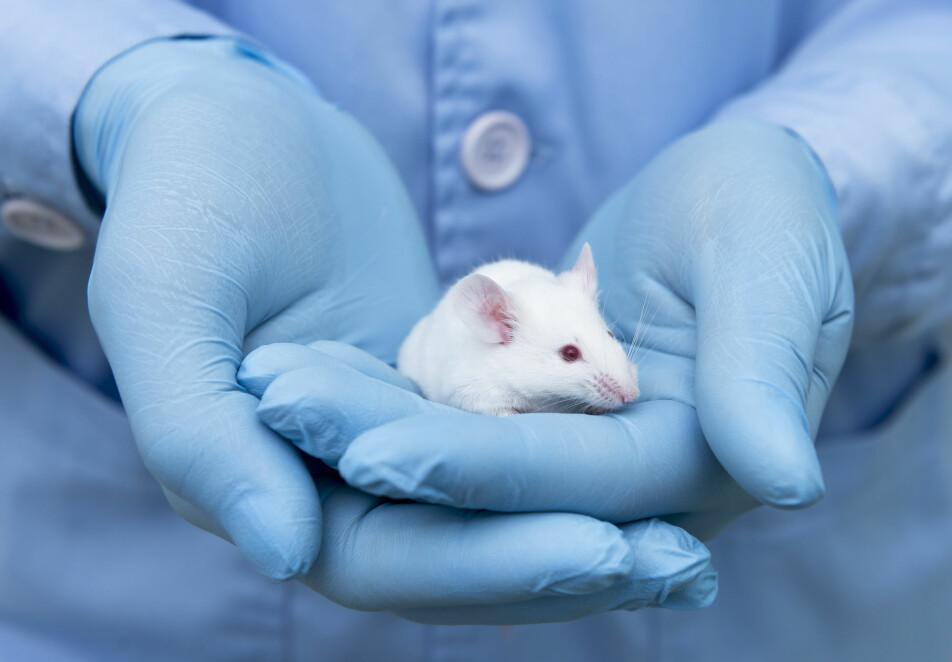
Staggering costs
Does that mean that both Norway and the world have lost a lot of time because of scepticism and a lack of interest?
“It’s been slow to take off in relation to its potential,” Hetland said.
However, he’s not sure that Norway would have managed to develop beta-glucans into a major drug anyway.
The road from the first laboratory mouse studies to establishing a drug that is available at the pharmacy is long and often tortuous. And the costs can be staggering.
Gustav Lehne also believes that time may have played a role. In the 1980s, Norwegian scientists and universities paid little attention to commercializing their research.
The company that Raa once founded invested heavily in the development of a cream containing beta-glucans, which could make diabetic wounds heal faster.
They started a phase III study where the cream was tested on patients. But the test failed. It turned out that the cream that contained the beta-glucans wasn’t stable. As a result, it eventually lost its effect.
“But we didn’t figure this out until afterwards,” Engstad, from Biotec Pharmacon, said.
This kind of failure would hardly affect a large pharmaceutical company, but it was a major setback for Biotec Pharmacon. Eventually, the Norwegian company still managed to find a solution to the stability problems, and in 2015 a beta-glucan ointment was approved for chronic wounds.
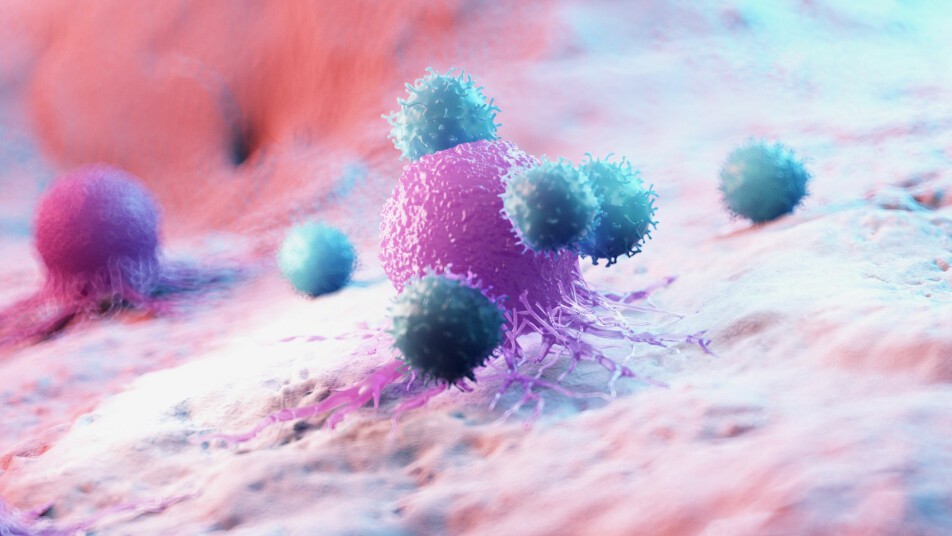
Well documented in livestock cells
Today, 40 years after Raa and Seljelid saw that a natural substance could save mice and fish from certain death, it’s still difficult to answer definitively as to what role beta-glucans will play in future medical treatments.
In farming and agriculture, there is little doubt that beta-1,3 / 1,6-glucan has a protective effect against diseases.
“It is very well documented that this beta-glucan activates the innate immune system, said Paul Midtlyng from the Norwegian University of Life Sciences (NMBU), who has worked with beta-glucan in feed for many years.
“Most studies are done on cells, because it’s easy and inexpensive,” he said.
Midtlyng emphasizes, however, that more published research might be necessary from experiments in which animals receive beta-glucan, and then are infected with specific diseases. Here the documentation is not as extensive as on cells.
“But there are also tests that show that beta-glucan provides extra protection against disease in salmon,” says Midtlyng, who summarized the research in this field in 2012.
Unpublished attempts
Feed manufacturers have also conducted their own experiments. However, these results are rarely published in scientific journals. Instead, they are used for product documentation and patent applications.
“Unfortunately, much is not published. The companies conduct research to get market data that can convince the customer,” said Rolf Nordmo, a veterinarian and former CEO of Biotec Animal Health and Nutrition, which produced beta-glucans for feed.
When it comes to people, however, the issue is less clear.
Has potential, but not a panacea
“I think it has potential. There is no reason to doubt that there is an effect,” Sandvik, from the pharmaceutical company Abbvie, said.
But he doesn’t think that beta-glucans are a miracle cure.
“There are enough scientists who have studied beta-glucans that we would have discovered it, if it was a miracle cure for everything that it’s been proposed for,” he said.
Scary if people think yeast can treat cancer
Anne Berit Samuelsen, an associate professor from the Department of Pharmacy at the University of Oslo is also studying the health effects of beta-glucans from fungi. She says it’s not yet possible to say for sure about the effect of beta-glucans on humans.
“The clinical studies are not unambiguous and they are often of poor quality,” she said. According to what we know today, for example, there is no question that there are convincingly large effects on respiratory infections in humans.
“It’s important that research be done on how beta-glucans can affect cancer,” she said.
Samuelsen emphasizes that the potentially strengthening effect on cancer vaccines of the substance is relevant. There are suggestions that beta-glucans in combination with vaccines induce a stronger immune response to the cancer.
“We’ve learned a lot more in recent years about how this possibly works, but there are only a few clinical studies,” Samuelsen said.
“But I think it's scary if people think that the capsules you get in the health food store or the yeast you have in the kitchen cupboard can be used to fight cancer,” she says.
Confusion regarding different beta-glucans
Raa, on the other hand, believes that the differing results in human studies are due to the fact that different research groups have often used completely different beta-glucans, including variants that can have no effect.
“For years, I have tried to explain to sceptics that there is only a certain chemical structure that works, namely one called beta-1,3 / 1,6-glucan. This is the one that is ‘recognized’ by animals and plants as danger signals that trigger immunological defence reactions,” he said.
For example, when Raa studied beta-glucan from brewer's yeast, another subspecies of yeast, it turned out that this substance did not have the same effect.
“It has been despairing to see everything that can rightly be described as a beta-glucan tossed together in one pot. Paper is also a beta-glucan,” says Raa.
Complicated substances
Samuelsen from the University of Oslo’s Department of Pharmacy confirms that beta-glucans are difficult to study.
They consist of complex, branched molecules, with different sizes, bond types, number of branches and side chain length. The structure varies, depending on where the molecules are taken from and how they are isolated,” she said.
These factors affect the different properties of beta-glucans and how they act on cells in both animals and humans.
“The substances are also permeated with other compounds and demanding to isolate. If your beta-glucan isn’t pure enough, it can lead to uncertainty as to which components are causing an effect,” Samuelsen said.
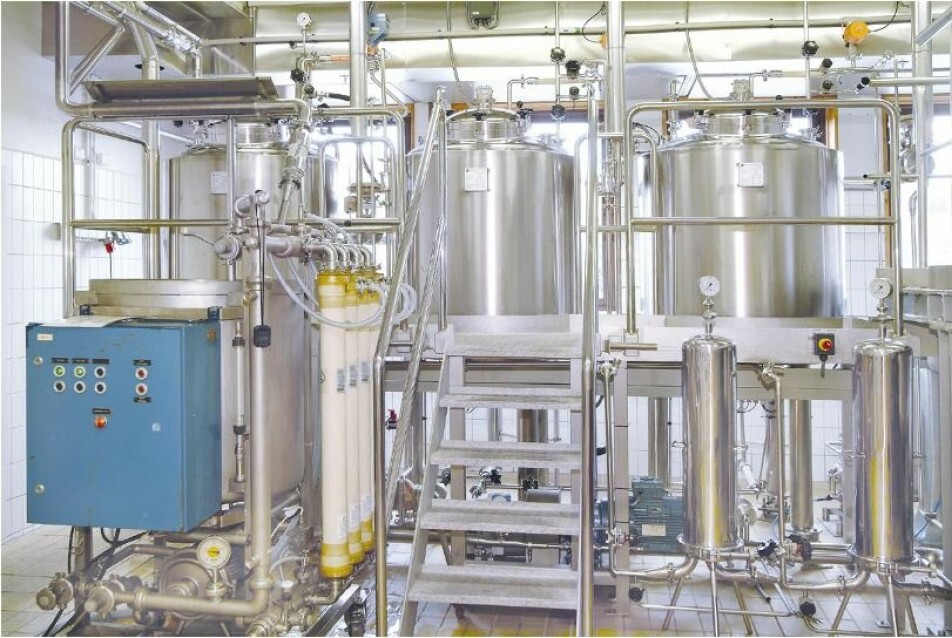
50 young people are still alive
Now, 40 years after Seljelid saw tumours shrink in his laboratory mice, the retired professor is happy that researchers in other countries are picking up the thread. He is constantly in contact with the Memorial Sloan Kettering Cancer Center, which is now applying for a patent on the drug Seljelid and Raa once discovered.
“What’s important to me is that 50 young people with neuroblastoma are still alive,” he says.
Nevertheless, he is upset about the mentality he has encountered among Norwegian research communities.
“Both Jan and I have fought a lot. That's why we're good friends. We have experienced an incredible lack of openness and the ability to grasp new ideas,” he says.
Just a few months ago, Seljelid contacted the Norwegian Institute of Public Health with a suggestion about testing whether beta-glucan can prevent serious COVID-19 disease in vulnerable groups.
Raa did something similar.
“The background for this is studies we conducted at the Norwegian Institute of Public Health, which showed that beta-1,3 / 1,6-glucan led to a sharp increase in T cells that protect very effectively against influenza virus,” Raa said.
They have also sent input to the authorities to investigate whether this beta-glucan can prevent influenza in nursing homes. They have never gotten an answer.
But Raa is also going elsewhere with his ideas, now in partnership with the EU.
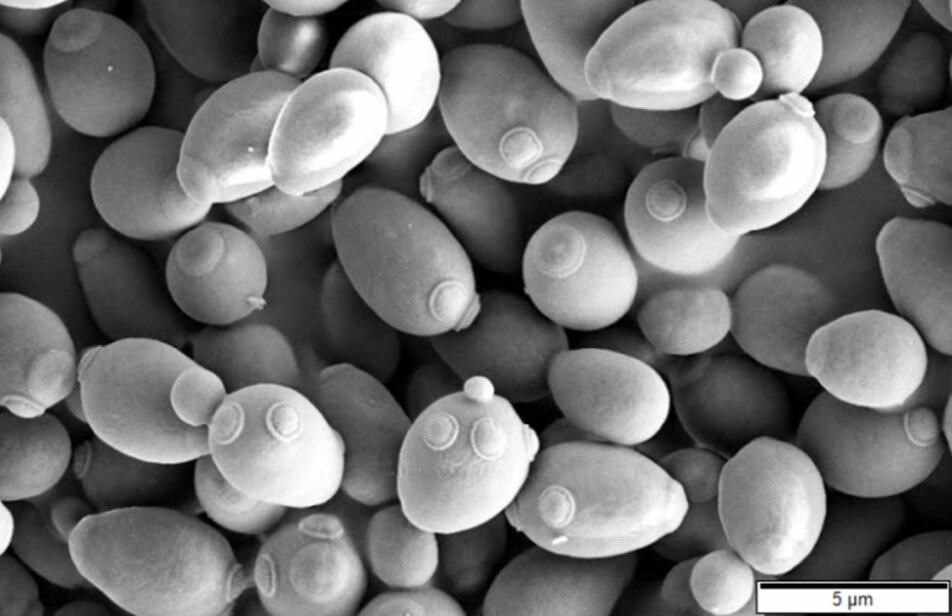
A little disappointing
“We have now received the go-ahead for a clinical study of the effect of beta-glucan against influenza and COVID-19 in a nursing home. I would have liked this to be a Norwegian study,” Raa said.
He's a little disappointed. But not bitter. Raa finds solace in other research and product development that he is behind.
The company ArcticZymes in Tromsø makes enzymes that are now used in coronavirus diagnostics and the production of new vaccines for the disease. In recent months, the company’s value has skyrocketed on the stock exchange, and it is now one of the most valuable companies in northern Norway.
Today, Raa has assets in the form of shares in the companies he has contributed to developing.
This money provides opportunities to self-finance basic research and the development of new products, without being dependent on public funding. The 81-year-old professor, entrepreneur and inventor is not finished.
He has new projects underway.

Translated by Nancy Bazilchuk
———
Read the Norwegian version of this article at forskning.no





























